4 reasons I like KDK to leverage booming copper price – Richard Mills
2025.04.03
I’ve always said the best leverage to a rising commodity price is a quality junior with experienced management, an excellent property located close to infrastructure and a workforce in a mining-friendly jurisdiction, and a resource estimate with room for expansion.
Of course the commodity being pursued is key to success. In the case of copper, the fundamentals are bullish due to demand forecasted to outstrip supply for the foreseeable future.
Vancouver-based Kodiak Copper (TSXV:KDK, OTCQB:KDKCF, Frankfurt:5DD1) and its MPD projectticks all my boxes, which is why it’s high on my radar screen as an exciting copper junior to watch.
1. Management
Kodiak Copper’s management team and the Discovery Group have a successful, enviable track record of shareholder returns.
Kodiak was established by Chairman Chris Taylor of Great Bear fame. The founder and CEO of Great Bear Resources presided over its acquisition by Kinross Gold in 2022 for $1.8 billion.
The Discovery Group company is led by Claudia Tornquist, previously a general manager at Rio Tinto working with Rio’s copper operations. She was also the former director of Kennady Diamonds, leading the $176M sale of the company to Mountain Province Diamonds.
On March 12 2025 KDK announced the promotion of Dave Skelton to VP Exploration and the appointment of Baykan Aksu as Senior Geologist. Skelton will succeed current VP Exploration Jeff Ward who is retiring from day-to-day operations and assuming an advisory role.
On March 26 Peter Holbek was appointed as a technical advisor. Holbek is a former senior executive at Copper Mountain, whose namesake mine is near Kodiak’s MPD project in southern British Columbia, with many similarities in geology and structural setting.
Holbek has 45 years of experience in geology, base and precious-metal exploration, resource estimation and mine development. He was most recently Vice President, Exploration at Copper Mountain Mining Corp., a post he held from 2007 to 2022, where he directed exploration efforts, initially to define sufficient mineral reserves to advance the Copper Mountain project into production, and subsequently to grow the resources of this major mine.
Working with metallurgy, engineering, grade control and environmental professionals, he led the incorporation of geo-metallurgical data into resource models which facilitated the prediction of mine throughput, metal recoveries and tailings characteristics. In 2013, he was awarded the E.A. Scholz medal for excellence in mine development by the Association for Mineral Exploration (AME) of BC.
2. Location, location, location
The MPD project is a 344-square-kilometer land package near several operating mines in the southern Quesnel Terrane, British Columbia’s primary copper-gold producing belt. MPD is between the towns of Merritt and Princeton, with year-round accessibility and excellent infrastructure nearby.
The Nicola Belt geology has similar characteristics to the neighbouring alkalic porphyry systems at Hudbay’s Copper Mountain Mine to the south and New Gold’s New Afton Mine to the north.

3. Maiden resource coming soon
The company plans to release a resource estimate on MPD this year. Resource estimates often serve as significant catalysts for junior resource company stock prices.
Kodiak announced on Jan. 16 that it has started work on a National Instrument 43-101-compliant resource estimate that will include seven mineralized zones: Gate/Prime, Man, Dillard, Ketchan, West, Adit, and South/Mid.
Kodiak Begins National Instrument 43-101 Compliant Resource Estimation at MPD Copper-Gold Project
Results will be delivered throughout the year, with initial results anticipated in the first half of 2025.
The large-scale Ketchan Zone adds significant drill-proven, near-surface, higher-grade copper-gold inventory to MPD. It has been drilled over 1,800 by 500 meters — roughly three times the area of Kodiak’s Gate Zone discovery — and remains open in most directions.
Bedrock grab samples collected in 2024 confirm high-grade mineralization at Ketchan. The best two samples assayed 0.55 % Cu, 0.32 g/t Au and 0.5 g/t Ag, and 0.38 % Cu, 0.78 g/t Au and 1.7 g/t Ag, respectively.
Data review, select core re-logging, sampling and geological modeling has confirmed that Ketchan will be a material part of the upcoming MPD mineral resource estimate.
The Ketchan Zone is located only 4.5 kilometers from the high-grade Gate Zone. This proximity and potential synergies with Gate, plus multiple nearby targets, prioritizes this area.
Modeling with VRIFY’s Artificial Intelligence (AI) software has identified new prospective areas at MPD Northwest, including potential extensions to the Ketchan Zone.
Regional exploration has confirmed substantial mineralization through early-stage prospecting, mapping and soil geochemistry at select sites along the northerly trend of mineral showings central to MPD Northwest.
An additional three claims have been added to the MPD Northwest claim block. These secure strategic tenure in the Ketchan area are interpreted to potentially host extensions to that zone (the Delorme claims) and high-grade showings in the north (the Tom claim).
“We are delighted with the results from our initial exploration work and the historic data review at the MPD Northwest claims, which very much validate our decision to acquire these claims last autumn,” said Tornquist. “The drilling done by previous operators at the Ketchan Zone has outlined a mineralized zone of significant scale and with good grades. Not only are we confident that the Ketchan Zone will become a material part of our resource estimate, we also believe there is ample room to expand it in multiple directions.

We are equally excited about the targets and prospectivity of the wider MPD Northwest claim package, which hosts drill-proven copper and gold mineralization as well as untested targets with the potential for new discoveries. As we are plan our 2025 exploration program, MPD Northwest is certainly a priority.”
In an interview with Crux Investor, Chris Taylor highlighted the potential for a market re-rating based on the upcoming resource estimate, stating:
“That’ll give you an idea of what the project economics could be based on those comparables and then you build on it with the continuing exploration program as well. That’s what we could deliver to shareholders this year — a re-rating based on the amount of copper we see in the ground right now, and an appreciation for the fact that there are additional zones that we’re going to be drilling and there’s significant extensions on the zones that we will have resources on initially.”
4. Serious upside
Another important aspect of the MPD story is its potential upside.
While the company has identified multiple zones, it remains committing to continued exploration to further grow the project, both through zone expansion and the testing of new targets. Says Taylor:
“We have all these additional targets on the project that we continue to test while we’re doing the resource work. It’s one of those things that makes our industry very interesting — I’ve lived through it many times — is we still have that discovery potential as well. We’ve done it in the past and it may happen again in the future.”

Looming copper shortage
On March 19 Bloomberg reported between 100,000 and 150,000 tons of refined copper is expected to arrive in the US in coming weeks. If the full volume arrives in March, it would beat the record of 136,951 tons set in January 2022:
Commodities traders including Trafigura Group, Glencore Plc and Gunvor Group are redirecting large volumes of metal earmarked for Asia to the U.S. The quantity is so big that traders are booking additional warehousing space in New Orleans and Baltimore to accommodate the shipments.
In February Trump launched a probe into potential new tariffs on copper, saying they would help rebuild US production.
Whatever the results of the probe, the reality is that the United States is in no position to set up a protectionist barrier against copper imports. The reason is simple: the US relies too much on foreign copper supplies and building new mines in the US takes up to 20 years.
Bloomberg argues that not only will tariffs raise copper prices in the United States, hurting end users, they will also exacerbate the looming global copper shortage.
Copper smashed another record on Wednesday, March 27, with the most traded contract on the COMEX reaching $5.37 a pound or $11,840 a tonne. Traders predicted at a Financial Times commodities summit in Switzerland that the metal could reach at least $12,000 a tonne this year as supply concerns flare up globally. (Mining.com)

COMEX copper prices are now up 27% since the start of the year, while the LME price is about 14% higher — incentivizing traders and producers to keep moving copper to New York.
Global copper consumption has increased steadily in recent years and currently sits at around 26 million tonnes. 2023’s 26.5 million tonnes broke a record going back to 2010, according to Statista. From 2010 to 2023, refined copper usage increased by 7 million tonnes.
Wall Street commodities investment firm Goehring & Rozencwajg quoted data from the World Bureau of Metal Statistics confirming that global copper demand remains robust, outpacing supply. Through the first eight months of 2024, the bureau said, copper demand grew by nearly 4%, with standout gains driven by non-OECD nations Malaysia, Taiwan, Vietnam and Brazil, which saw consumption grow by 8.3%.
The shift to renewable energy and electric transportation, accelerated by AI and decarbonization policies, is fueling a massive surge in global copper demand, states a recent report by Sprott.
Increasing investments in clean technologies like electric vehicles, renewable energy and battery storage should cause copper demand to climb steadily, and challenge global supply chains to meet this demand.
The report cites figures from the International Energy Agency (IEA), such as global copper consumption growing from 25.9 million tonnes in 2023 to 32.6Mt by 2035, a 26% increase. Clean tech copper usage is expected to rise by 81%, from 6.4Mt in 2023 to 11.5Mt in 2035.
The IEA expects the copper needs from electricity networks to grow from 4.1Mt in 2023 to 6.2Mt by 2035, an increase of 49%. Copper demand for solar panels is expected to rise by 43% and for wind power by 38% over the same period.
The fastest-growing area, though, is grid battery storage, where copper demand is expected to surge by 557% to 2035 as the need for energy storage increases, Sprott writes.
Copper demand for EVs is a close second, with a projected rise of 555% from 396,000 tonnes in 2023 to 2.6Mt by 2035, with EVs accounting for 8% of global copper consumption by that year.
BHP foresees global copper demand increasing by 70% to reach 50 million tonnes annually by 2050.
On the supply side, BHP points to the average copper mine grade decreasing by around 40% since 1991. The next decade should see between one-third and one-half of the global copper supply facing grade decline and aging challenges. Existing mines will produce around 15% less copper in 2035 than in 2024, states the company.
“Most of the high-grade stuff’s already been mined,” says Mike McKibben, an associate professor emeritus of geology at University of California, Riverside, quoted recently by NPR. “So, we have to go after increasingly lower grade material” that costs more to mine and process, he says.
Shon Hiatt, a business professor at the University of Southern California, said, “It’s projected that in the next 20 years, we will need as much copper as all the copper that has ever been produced up to this date.”
Mining Technology reports that global copper production in 2024 was poised to reach a new high of 22.9Mt, a 3.2% increase from 2023. A confirmation is provided by the US Geological Survey, which showed mine production in 2024 of 23Mt, 600,000 tonnes more than 2023.
The supply increase is being driven by expansions at key mining operations in several countries including Chile — the top producer — the DRC, Russia, Zambia and China.
Mining Technology notes Chile was set to see a substantial bump in 2024 output thanks to the expansion of Teck Resources’ Quebrada Blanca mine — 252,200 tonnes compared to just 62,700t in 2023, a 303% increase.
GlobalData forecasts a CAGR of 4.2% for global copper production, reaching 29.3Mt by 2030. Note from above, however, the IEA predicts global copper consumption reaching 32.6Mt by 2035, creating a potential shortfall of 3.3Mt.
Full-year 2024 copper supply figures recently became available from the International Copper Study Group. In its January report, the ICSG shows a slight increase in world copper mine production, 22.884 million tonnes in 2024 versus 22.384Mt in 2023.
Last year saw a surplus of refined copper production, 301,000 tonnes, determined by subtracting world refined copper usage of 27.332Mt from world refined copper production of 27.634Mt.

However, that could change as early as this year.
According to Swiss bank UBS, via EV Magazine, the current copper surplus will swing to a deficit exceeding 200,000 tonnes in 2025.
What could cause the copper market to fall into a large deficit hole from which it would be very difficult to climb out of? There are several factors.
Last year S&P Global commissioned a report that blamed the shortfall on underinvestment in new exploration and mines due to the industry’s focus on short-term returns (NPR)
It noted the copper industry faces pressures from the need to decarbonize itself; political instability in many countries which mines are located; and reputational damage from its history of safety and environmental failures. The latter means the industry is now under greater scrutiny from regulators and community groups.
The firm predicts copper supply will be unable to keep up with demand from as early as 2025; demand could double to 50Mt by 2035.
In a piece by the International Energy Forum (IEF), Goldman Sachs found that regulatory approvals for new mines are on a downward trend, having fallen to the lowest level in 15 years, which is particularly disturbing since it can take 10 to 20 years to approve and develop a mine in North America.
Another factor behind depleting copper supply is a lack of new discoveries.
According to Crux Investor, citing S&P Global Commodity Insights, Despite a 12% increase in exploration budgets in 2023, the industry has seen only four major discoveries in the past five years (2019-2023), totaling a mere 4.2 million metric tons (MMt) of copper. This marks a significant downturn in the frequency and size of major discoveries compared to previous decades.
What’s behind this trend? Crux says companies are increasingly focused on brownfield (past-producing) assets rather than engaging in greenfield exploration that could yield new, large-scale discoveries.
Early-stage exploration budgets have dropped to a record low of 28%, compared to the 50-60% allocation that was typical in the 1990s and early 2000s.
Crux says the copper market is heading towards a significant supply-demand imbalance, making the following supporting points:
- A refined copper deficit is projected to begin in 2027
- The concentrate market is currently in deficit and expected to remain so for the next five years.
- Mine supply is forecast to peak in 2029.
- A potential concentrate deficit of 2.2Mt is expected by 2032
The International Energy Agency believes existing mines and projects under construction will only meet 80% of copper needs by 2030.
“There’s this growing consensus that demands fueled by the energy transition is going to outstrip supply and that’s why analysts are now saying we’re simply not going to have enough of it,” says Pippa Stevens, markets reporter, in a 2024 CNBC video on the coming copper shortage.
The video says it is difficult for existing mines to even maintain current levels of production. To keep up with demand, the industry is faced with a number of obstacles including a shortage of mine workers, navigating regulatory hurdles and dealing with pushback from local stakeholders.
Moreover, most of the “low-hanging fruit” has already been mined.
“High-grade economic copper resources are not abundant, these things aren’t all over the place, you have to go find them,” said Chris LaFemina, global metals and mining analyst at Jefferies.
Inflation and the high costs associated with building a new mine are also deterrents.
“It’s so capital intensive, you need to invest billions upfront for a payout that might take 10 or 15 years to come in the future and by that time who knows what the economic landscape, the political landscape will look like and so it’s hard for investors to give the green light for that,” says Stevens.
The video concludes that demand may already be starting to outweigh supply: the amount of copper needed in the 28 years between 2022 and 2050 will exceed the amount consumed between 1900 and 2021.
While copper is abundant globally, only a fraction can be extracted cost effectively at today’s prices and with current technology.
Sprott said in a 2024 ‘Insights’ report that Chile and Peru, the top copper-producing countries, are grappling with labor strikes and protests, compounded by declining ore grades. Russia, ranked seventh in copper production, faces an expected decline due to the ongoing war in Ukraine. Despite efforts by miners to ramp up production, many analysts anticipate a widening supply imbalance.
Conclusion
Kodiak Copper’s MPD project has all the hallmarks of a major copper/gold porphyry system with the potential, in my opinion, to become a world-class mine.
With bullish fundamentals, now is as good a time as ever to be a company exploring for copper, especially in a safe, stable jurisdiction with low-cost power like British Columbia.
The appointment of former Copper Mountain executive Peter Holbek as technical advisor shows how serious KDK is about advancing the project.
Kodiak Copper is working diligently towards a resource estimate while still exploring to find fresh ground to either incorporate into the RE, or save it for a later expansion plan.
That is, if a larger company doesn’t buy them out, which I believe is a real possibility, amid a strong copper price and a resource estimate that impresses the acquirer with the size and scalability most are looking for in an early-stage exploration project.
Kodiak Copper
TSXV:KDK, OTCQB:KDKCF, Frankfurt:5DD1
Cdn$0.50 2025.03.31
Shares Outstanding 75.9m
Market cap Cdn$38.1m
KDK website
Richard (Rick) Mills
aheadoftheherd.com

Subscribe to AOTH’s free newsletter
Richard does not own shares of Kodiak Copper (TSX.V:KDK). KDK is a paid advertiser on his site aheadoftheherd.com
This article is issued on behalf of KDK.
Legal Notice / Disclaimer
Ahead of the Herd newsletter, aheadoftheherd.com, hereafter known as AOTH.Please read the entire Disclaimer carefully before you use this website or read the newsletter. If you do not agree to all the AOTH/Richard Mills Disclaimer, do not access/read this website/newsletter/article, or any of its pages. By reading/using this AOTH/Richard Mills website/newsletter/article, and whether you actually read this Disclaimer, you are deemed to have accepted it.
Share Your Insights and Join the Conversation!
When participating in the comments section, please be considerate and respectful to others. Share your insights and opinions thoughtfully, avoiding personal attacks or offensive language. Strive to provide accurate and reliable information by double-checking facts before posting. Constructive discussions help everyone learn and make better decisions. Thank you for contributing positively to our community!
1 Comment
Leave a Reply Cancel reply
You must be logged in to post a comment.


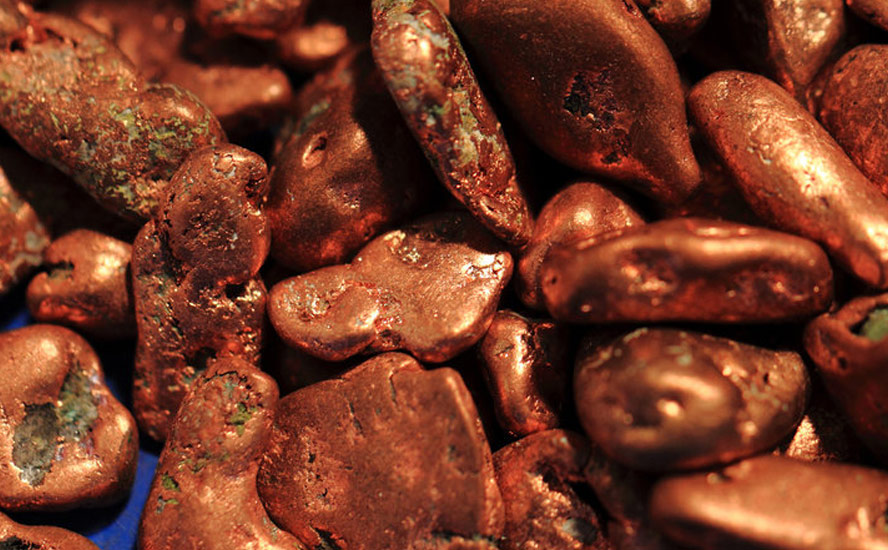
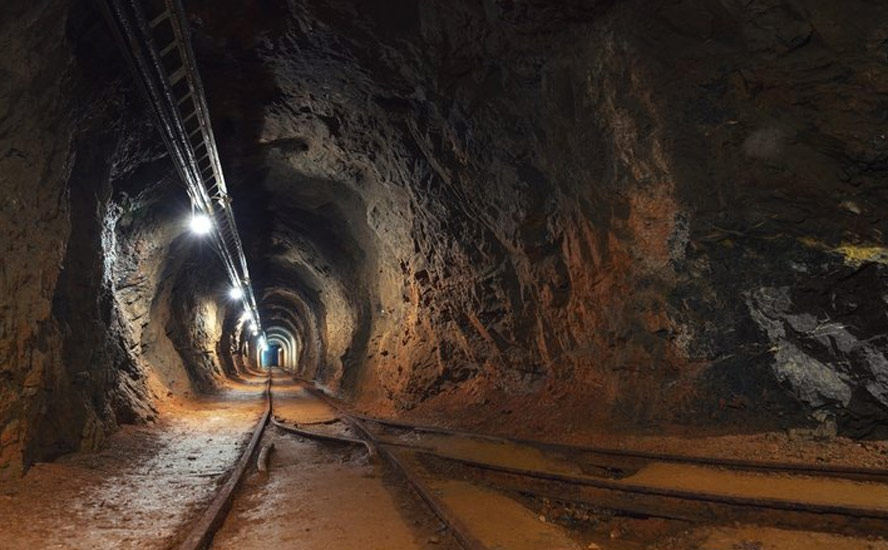
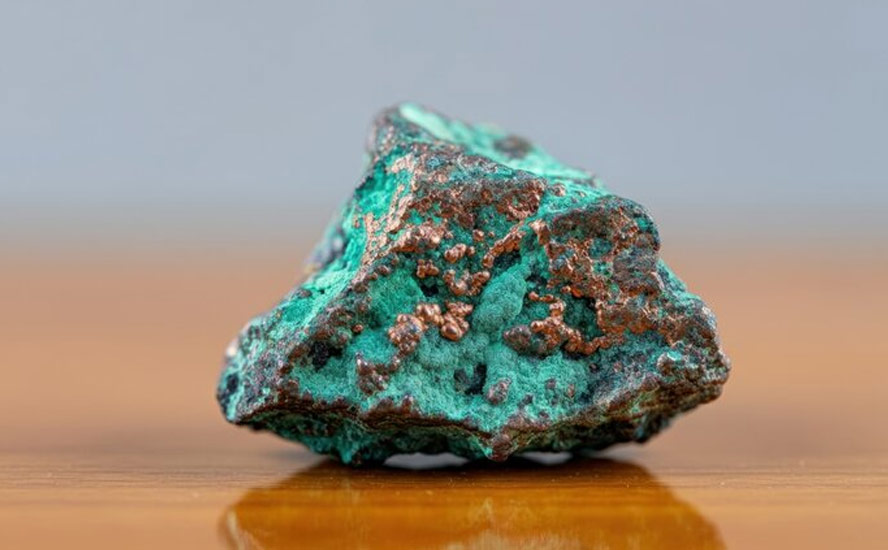





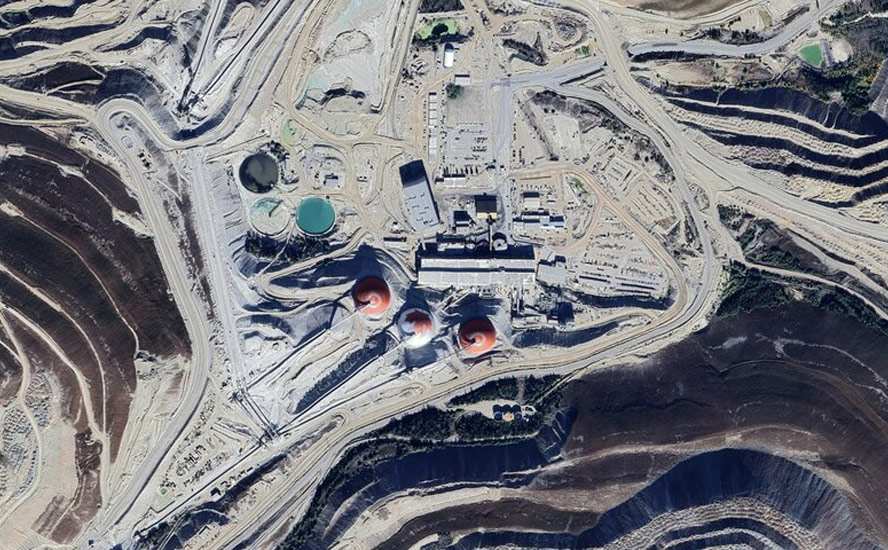

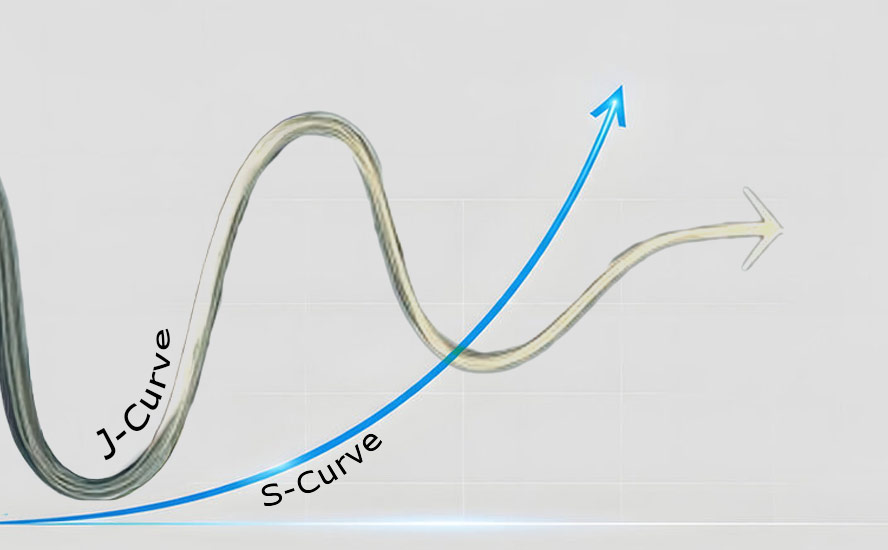

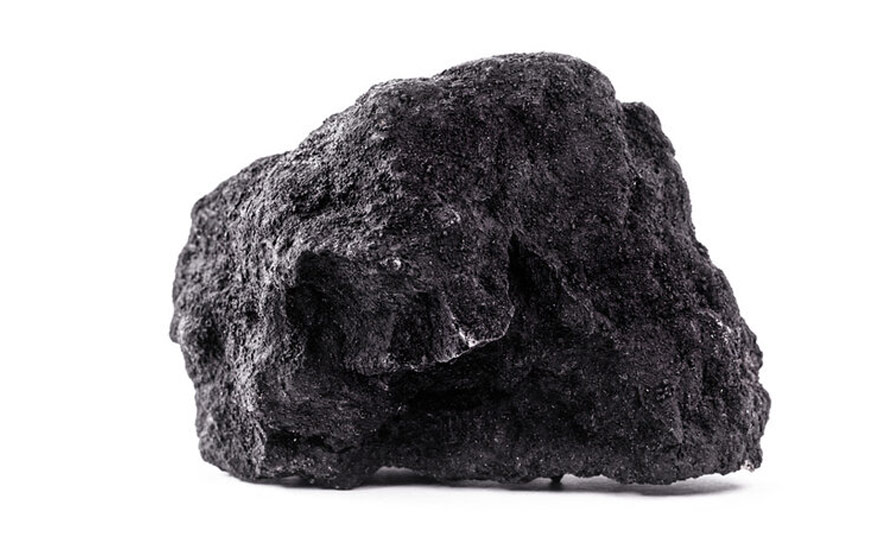
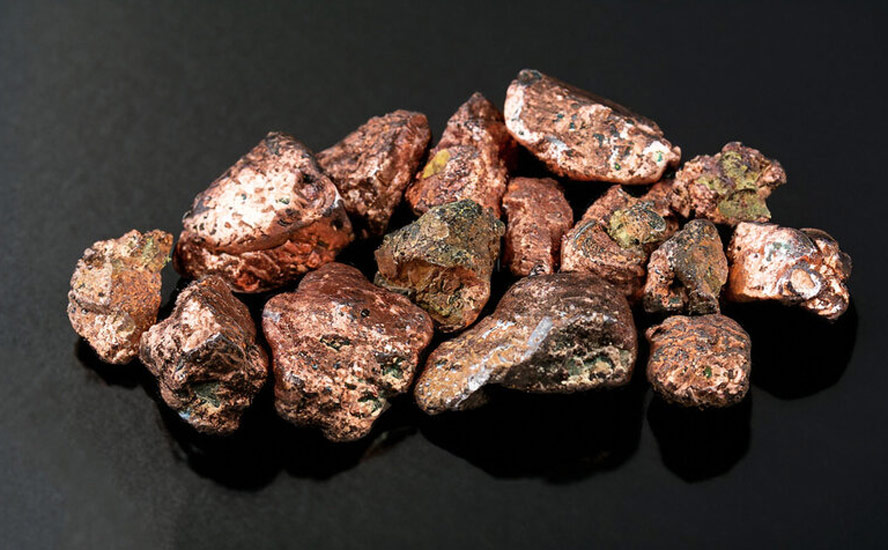




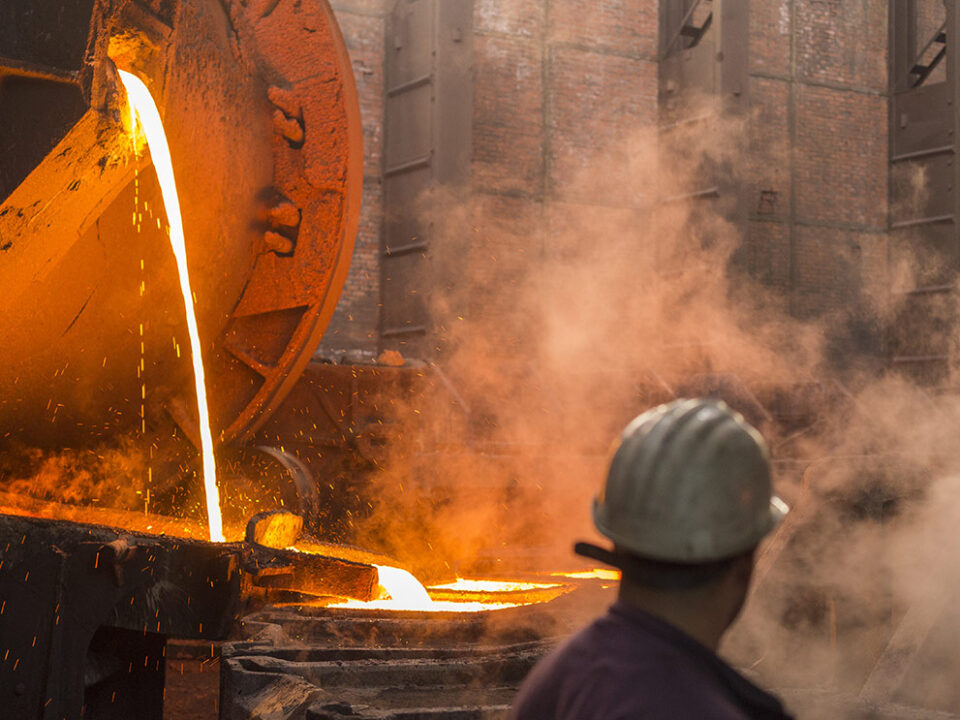



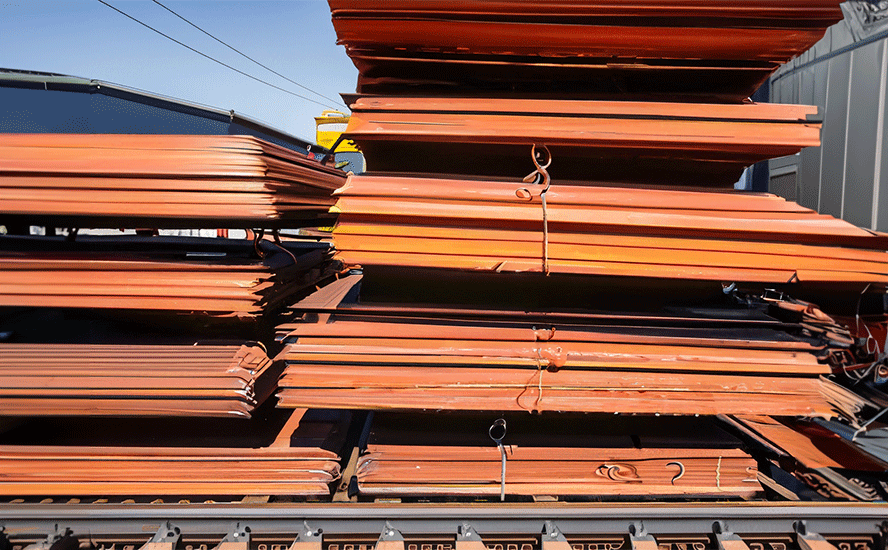
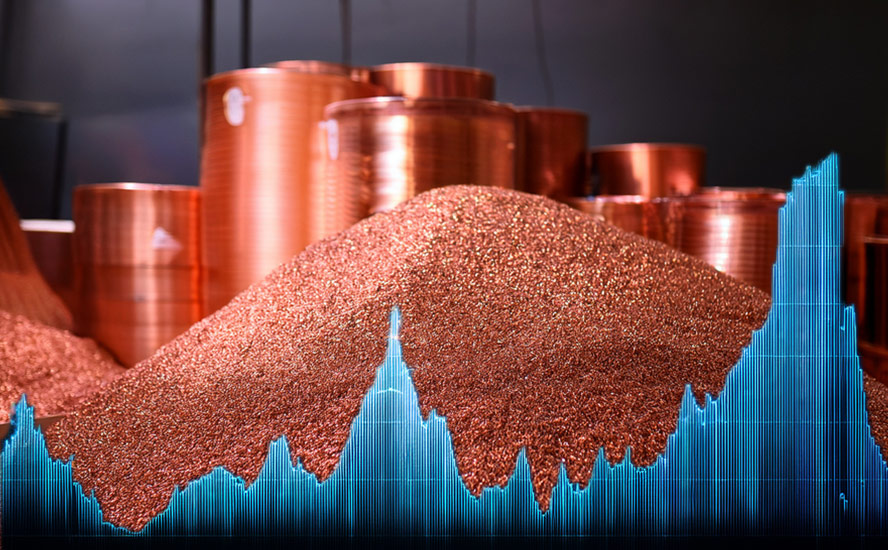
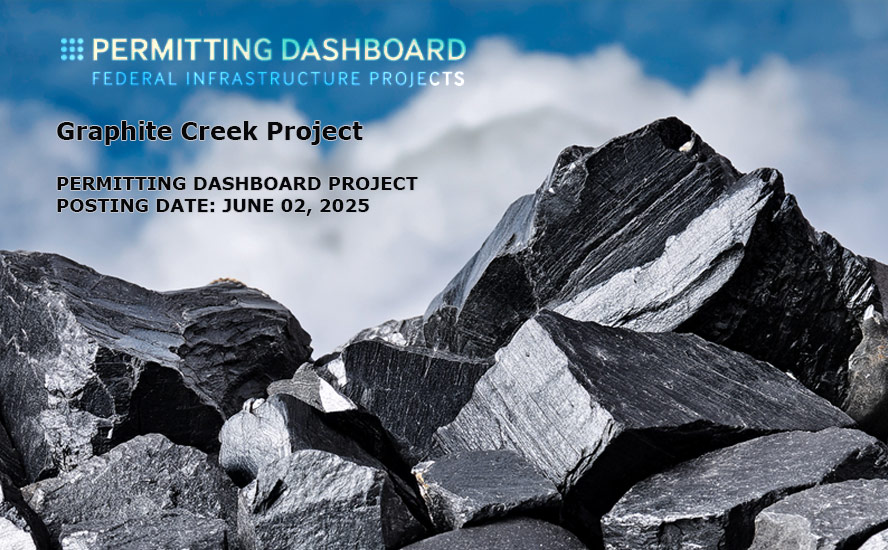
#bestleveragetoarisingcommodityprice #Copper #KodiakCopper $KDK